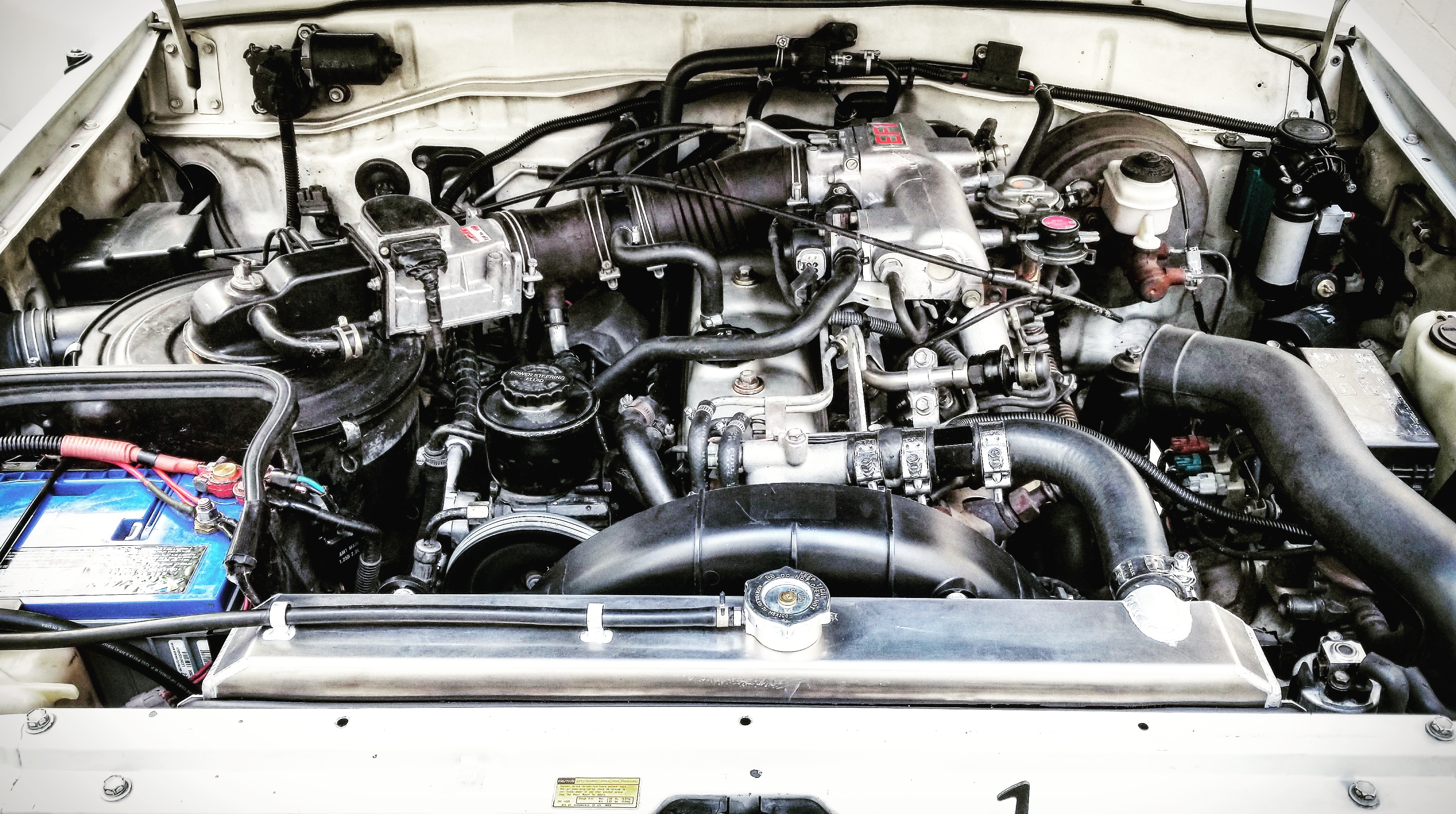I have never heard or read reports of the 80 series trans running hot. All info I have read indicates quite the opposite and to see my own trans temp gauge above 150-160F is rare and it usually runs 140F.
Any auto trans can get hot which is why they all have a temp warning light circuit.
Running the trans fluid through the engine cooling system isn’t just for quicker trans fluid warm up. This fluid routing helps to adjust the fluid temp to and temperature that is more of a known constant and which the fluid to air cooler is capable of then adjusting to what the engineers wanted. Trans fluid to water cooling is much more rapid and effective than fluid to air.
I don’t really believe that the air to fluid cooler could do the job as a stand alone unit when the trans is being taxed extremely, due to the fact that the torque converter is capable of heating trans fluid to much higher temps than the engine normally runs.
In summation: I believe that routing the trans fluid through the radiator plays an important roll in controlling trans fluid temps at both extremes of the operating range.
@Will Van - it’s not that silicone hoses leak in the traditional sense, it’s that water will actually penetrate the wall of a silicone hose and water (not glycol) content in the system will be reduced. For this reason, fleet owners/operators do not use silicone hoses.
For us, this is probably not a significant issue, I just can’t think of or remember one reason to pay the premium to have silicon hoses.


